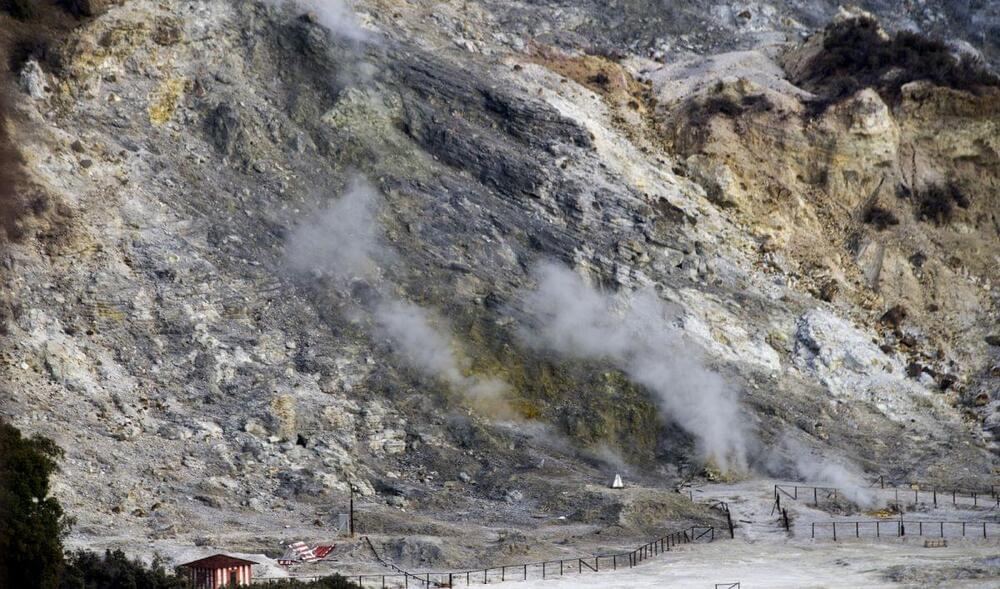To despair over oneself, in despair to want to be rid of oneself, is the formula for all despair.



Down beneath the tourist lodges and shops selling keychains and incense, past windswept arroyos and brown valleys speckled with agave, juniper and sagebrush, the rocks of the Grand Canyon seem untethered from time. The oldest ones date back 1.8 billion years, not just eons before humans laid eyes on them, but eons before evolution endowed any organism on this planet with eyes.
Spend long enough in the canyon, and you might start feeling a little unmoored from time yourself. The immense walls form a kind of cocoon, sealing you off from the modern world, with its cell signal and light pollution and disappointments. They draw your eyes relentlessly upward, as in a cathedral.
You might think you are seeing all the way to the top. But up and above are more walls, and above them even more, out of sight except for the occasional glimpse. For the canyon is not just deep. It is broad, too — 18 miles, rim to rim, at its widest. This is no mere cathedral of stone. It is a kingdom: sprawling, self-contained, an alternate reality existing magnificently outside of our own.
Spiral







Summary: Researchers discovered sequence variants in the gene ABCC9 that influence voice pitch.
Utilizing speech recordings from nearly 13,000 Icelanders and corresponding genomic data, the scientists identified common ABCC9 variants associated with higher voice pitch in both men and women. Additionally, these variants were linked to higher pulse pressure, revealing intriguing connections between voice pitch and health.
The study also uncovered a heritable component in vowel acoustics, enhancing our understanding of the human vocal system.